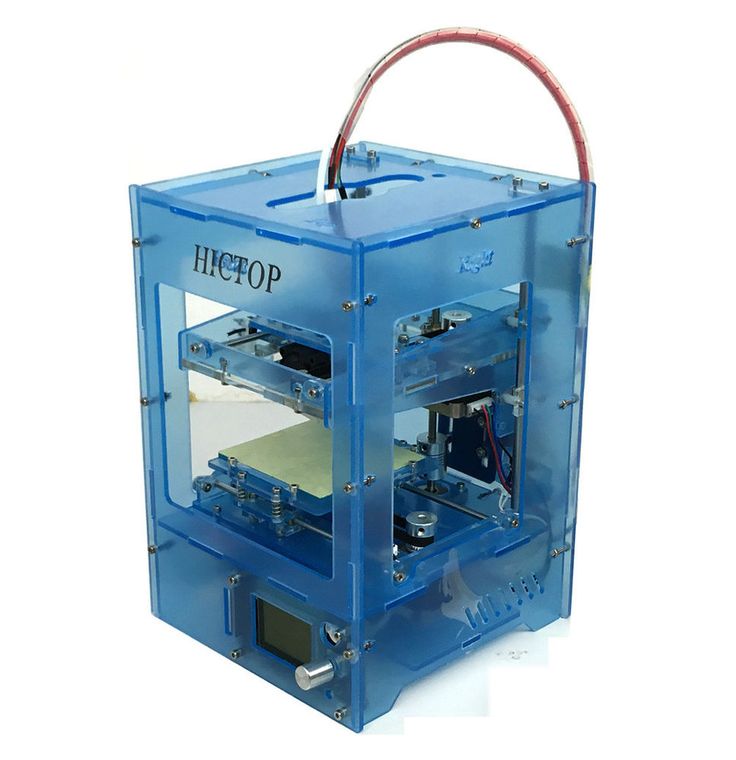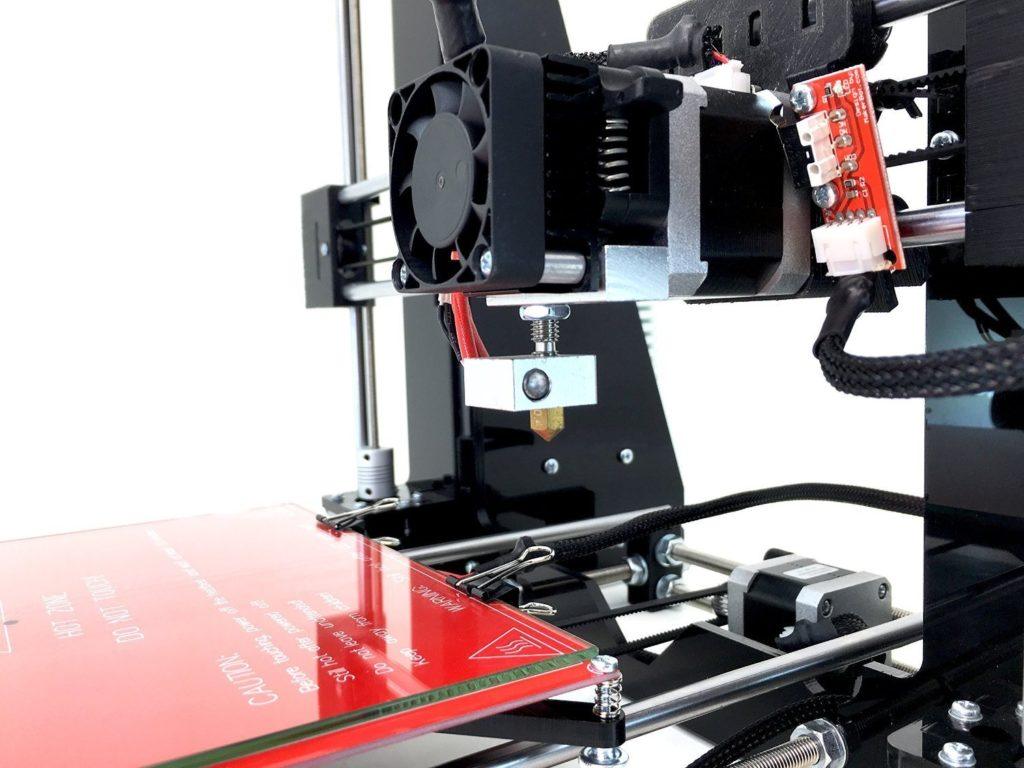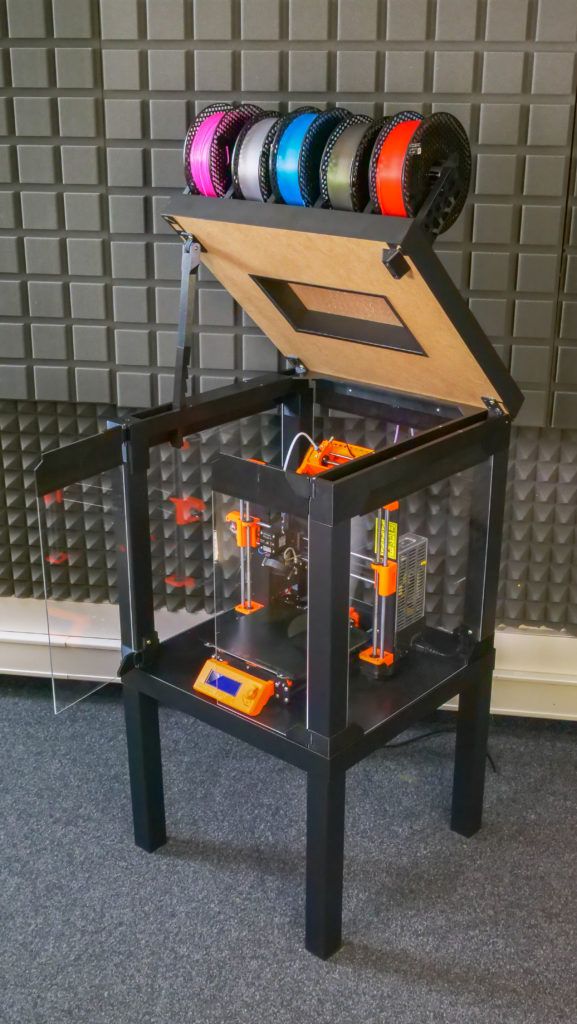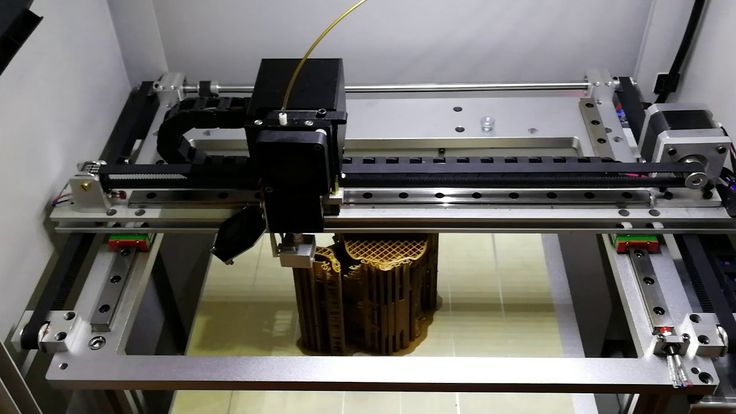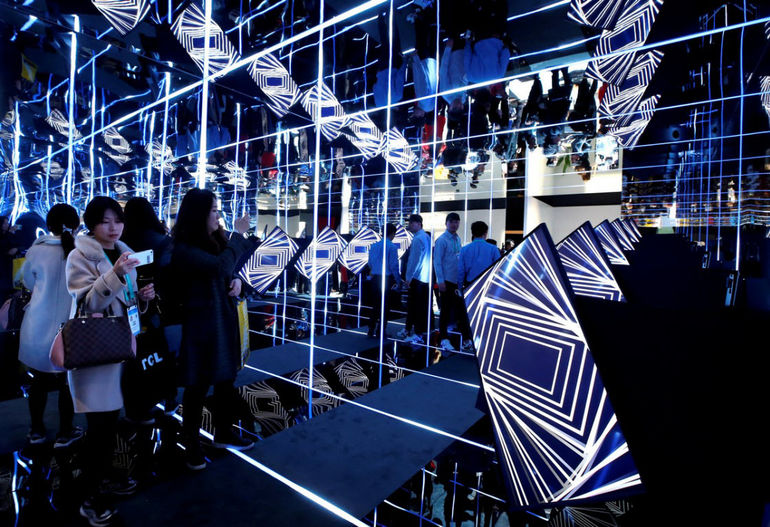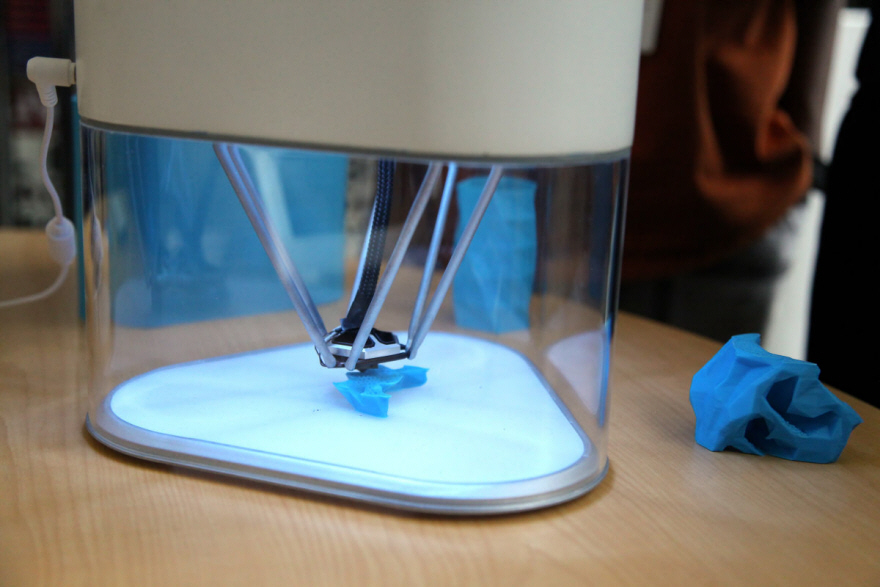Industrial 3d laser scanners
3D Scanners | Professional and Best 3D Scanners
Scantech 3D scanners are non-contact metrology systems which utilize laser or structured light based scanning technology. Integrating optical scanners with CMM is the preferred 3D metrology solution to drive your business to great success. Scantech supplies professional handheld 3D scanner and automated 3D inspection system in all product manufacturing and production phases.
These innovative professional 3D laser scanners increase your productivity and optimize your product life cycle management without the need to compromise between accuracy and efficiency.
Due to the ability of our 3d scanner to measure tough-to-reach and complex geometrical features with precision and reliability, Scantech 3D scanning technology has been widely adopted in various industries. Engineers, product designers, and researchers use 3D scanners for automotive, aerospace, heavy machinery and 3D printing.
Composite 3D Scanner
Ultra-high precision metrology-grade 3D scanner
The first portable 3D scanner that combines infrared and blue lasers, offering five standard working modes.
Learn More >
Handheld 3D Scanner
Designed for 3D scanning narrow spaces
Handheld 3D laser scanner can be used to accomplish on-site tasks in places such as narrow spaces or unstable environments.
Learn More >
Global 3D Scanner
Accuracy booster for large-scale project
AXE series 3D laser canners have a built-in photogrammetry system to provide metrology-grade 3D solutions without the help of extra devices.
Learn More >
Tracking 3D Scanner
Metrology-grade 3D scanning without markers
TrackScan series 3D laser scanners enable unprecedented accuracy, simplicity, portability, speed and efficiency for 3D inspections.
Learn More >
Automated 3D System
Designed for automated quality control application
Scantech automated 3D solution are manufacturing companies who want to increase their productivity.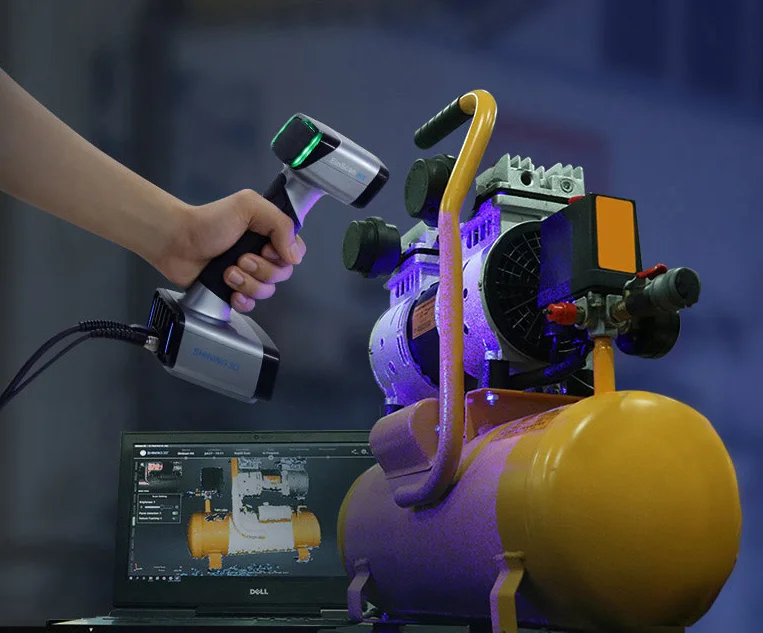
Learn More >
Color 3D Scanner
Realistic texture capturing especially for human body
Without attaching markers, a quick texture capturing and geometry acquisition can be achieved.
Learn More >
Photogrammetry System
Designed for large-scale metrology projects
Scantech MSCAN series perform volumetric accuracy for large-scale projects and parts from 2 m to 10 m.
Learn More >
An easy way to get to know our full-range of 3D scanners
Explore the difference between 3D laser and structured-light scanners and core factors, such as accuracy, resolution, and scanning rate when choosing 3D scanners.
Download PDF
ScanViewer
Along with manufacturing handheld 3D scanners, Scantech develops 3d scanning software, ScanViewer, with comprehensive functions. Designed to meet the needs of both beignner and experienced users alike, it is the best choice for any application.
Designed to meet the needs of both beignner and experienced users alike, it is the best choice for any application.
Integrated Scan & Inspection 3D Software
ScanViewer powers the entire fleet of 3D scanning and measurement technologies. The 3D data processed by ScanViewer can be imported to 3D design software for furture use.
Learn More >
Need help choosing the right 3D scanner?
Our 3d scanning experts will give you all the info you need for choosing the right 3D scanner for your workflow.
Ask An Expert
Powerful 3D scanning solutions for your industry
Scantech's line-up of fast and powerful scanning solutions take your workflow to an unbeatable level, be it reverse engineering a plane, or inspecting a complicated part. When it comes to ultra-precise 3D measurement, Scantech 3D scanners are your first choice.
Reverse Engineering
Using a 3D scanner that will capture the complex geometric characteristics of a given part is a great way to develop a CAD file when one is not available.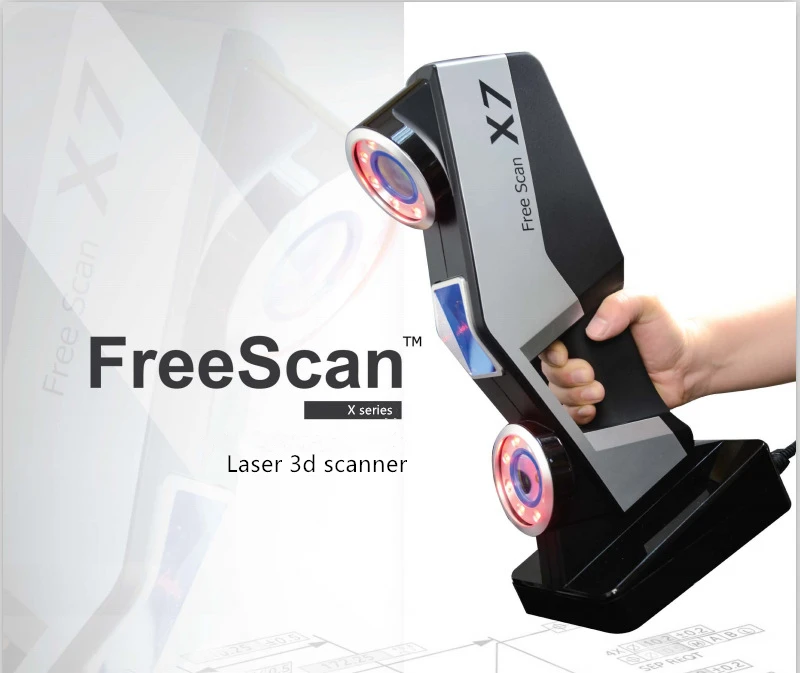 Scantech 3D scanners help reverse engineering a physical product.
Scantech 3D scanners help reverse engineering a physical product.
3D Printing
With the continuous improvement of the machinery manufacturing level, the requirements for quality control of parts and components is of the utmost importance. Scantech 3D scanner provide accruate 3D inspection.
3D Inspection
With the continuous improvement of the machinery manufacturing level, the requirements for quality control of parts and components is of the utmost importance. Scantech 3D scanner provide accruate 3D inspection.
3D Visualization
3D visualization refers to the process where graphical content is created using 3D software. Scantech 3D scanners help objects into digitization.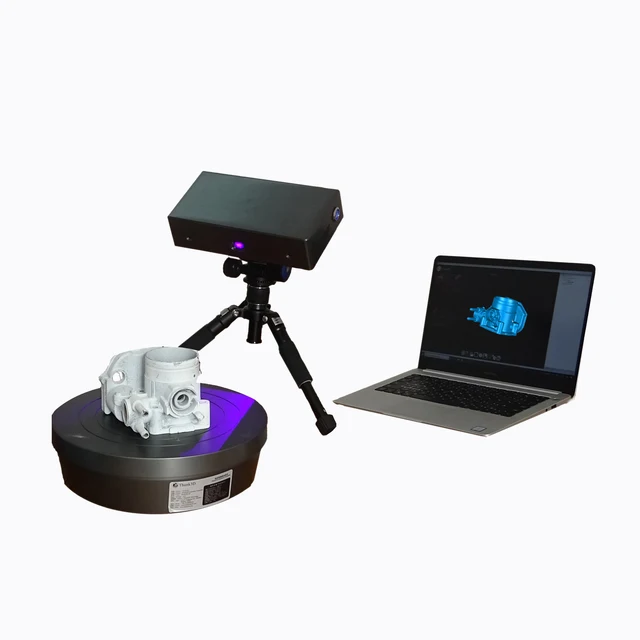
Product Development
Product development is a process starting from concept inception, to design, development, and commercialization. Scantech 3D scanners can help obtain 3D data of the products quickly and accurately.
Automated 3D Measurement
Companies are further optimizing their manufacturing and production processes by advancing to automation. Scantech automated 3D system provide high quality and turn-key automated solutions that are engineered for a seamless integration.
JOIN OUR EMAIL LIST
Get Updates from SCANTECH
3D Model
Automotive
Machinery Manufacturing
Mold
Antique&Sculpture
View more
Laser Scanners | Leica Geosystems
- Home
- Products
- Laser Scanners
The BLK Series Goes Autonomous
BLK2FLY and BLK ARC provide fully autonomous mobile reality capture
Learn More
Laser Scanning Webinar Hub
Access all our webinars on-demand and register for upcoming webinars in our webinar hub.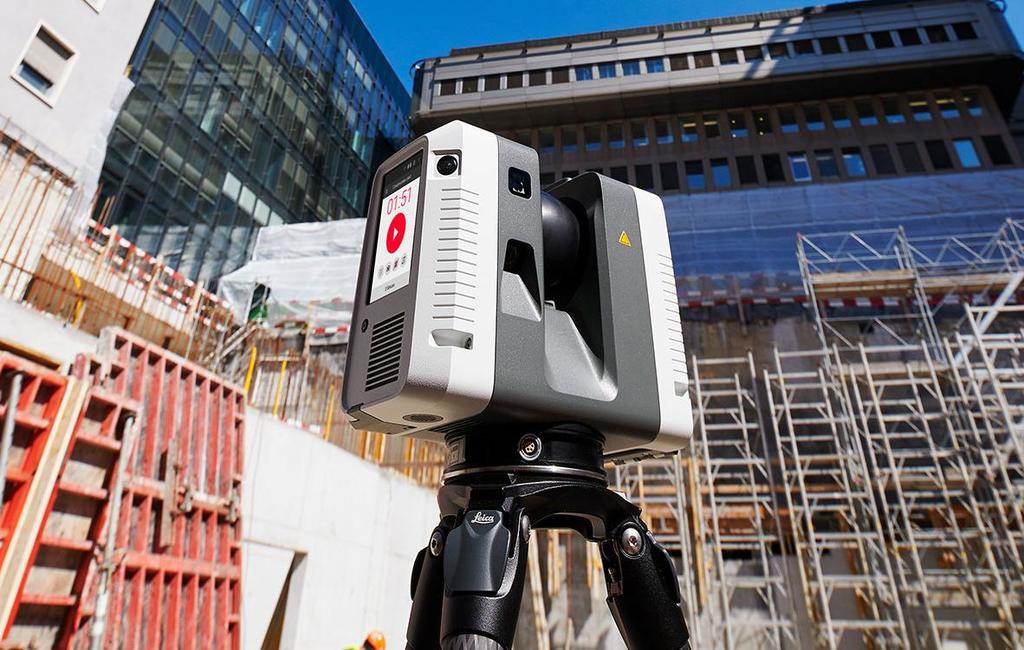
Watch Now
Leica RTC360
3D reality capture solution combining a high-performance laser scanner and mobile-device app to capture and pre-register scans in real time.
Read More
Leica Cyclone FIELD 360
In-field data visualisation and pre-registration for all Leica Geosystems 3D laser scanners.
Learn More
Introducing the new Leica BLK360
Faster, smaller, and easier to use than ever before, the new BLK360 is a supercharged next-generation imaging laser scanner.
Previous Next
Software
Leica Geosystems 3D laser scanning software suite sets the industry standard to capture, visualise, extract, analyse, share and represent point cloud data.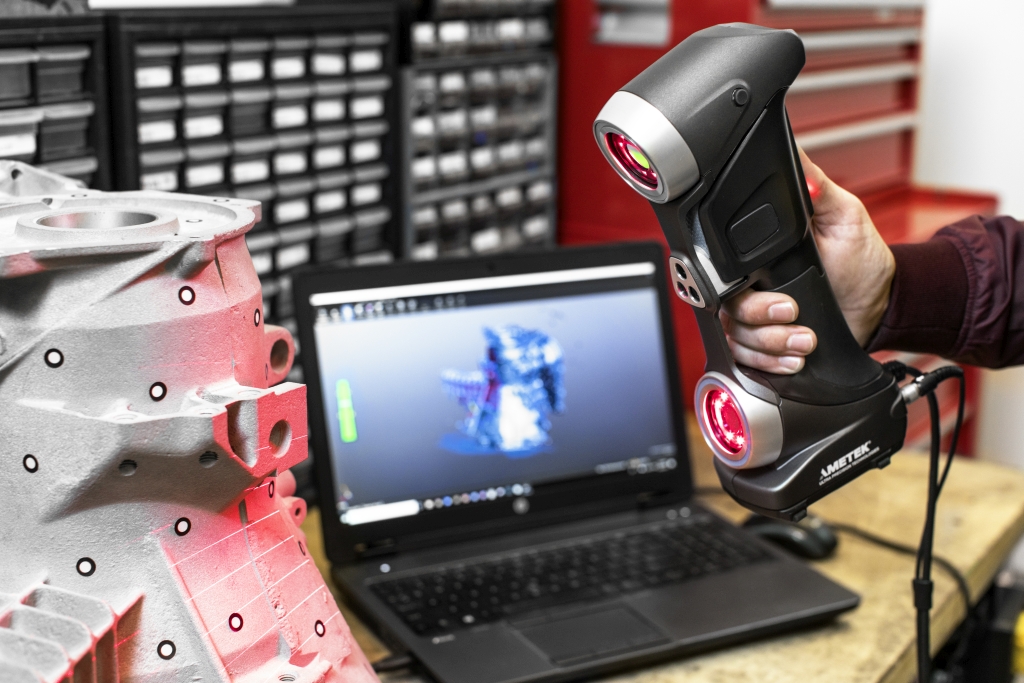
Leica Geosystems 3D laser scanning software suite sets the industry standard to capture, visualise, extract, analyse, share and represent point cloud data.
Learn More
Scanners
Delivering outstanding range, speed and highest quality 3D data, Leica Geosystems laser scanners are the perfect partner for any tasks in 3D laser scanning.
Delivering outstanding range, speed and highest quality 3D data, Leica Geosystems laser scanners are the perfect partner for any tasks in 3D laser scanning.
Learn More
Accessories
Whatever accessory that you require for a job, you can select from a wide range of original accessories from Leica Geosystems.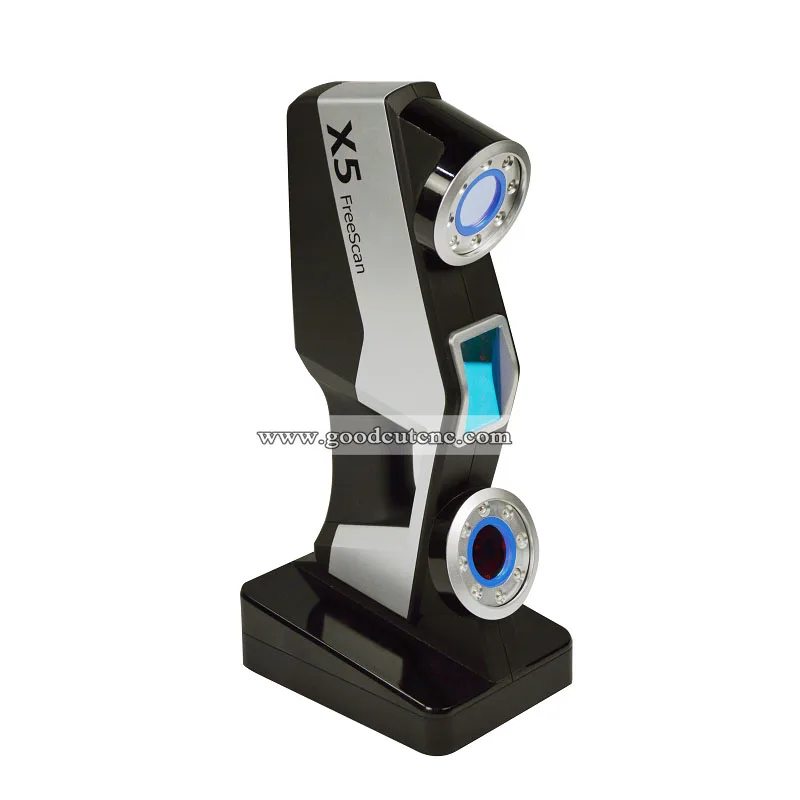
Whatever accessory that you require for a job, you can select from a wide range of original accessories from Leica Geosystems.
Learn More
Industrial laser scanner (3D laser scanner)
Buy 3D laser scanner
You can buy a 3D scanner in the corresponding section of the catalog.
Introduction
What is a scanner in general, every computer user probably knows. This is a device with which you can not only copy an image, but also create its "digital analogue", that is, enter it into the computer's memory. But what to do if there is a need to create a “digital analogue” not of an ordinary photograph or drawing, but of the most voluminous object, moreover, of a decent size?
To do this, you also need a scanner , but not the most common, but a 3D laser scanner , capable of analyzing an object and immediately creating its model in a 3D format that has become so popular lately.
Let's get to know this device better.
In what area is the 3D scanner used?
The most common laser equipment is used in three areas: construction, architecture and industry . Particularly useful 3D scanners for construction work, because such a device, unlike more traditional methods, allows you to most accurately and completely recreate information about an object.
Thanks to this, it is possible to significantly reduce the time spent on field work at the preliminary stage. In addition, the Laser Scan works well with standard geodetic surveying methods, but in contrast to them, it is able to provide more visual, detailed and accurate results that can be reused.
Even modern cartography cannot do without the laser scanners. It is with their help that the most accurate maps, traffic patterns and plans are created. But they are absolutely indispensable, of course, when it comes to construction. 3D laser scanner is able to determine with high accuracy any deviations of a physical object from the indicators planned by the project. This makes it possible to detect defects in buildings already at the early stages of construction, correct them and thereby make the life of future building occupants safer.
3D laser scanner is able to determine with high accuracy any deviations of a physical object from the indicators planned by the project. This makes it possible to detect defects in buildings already at the early stages of construction, correct them and thereby make the life of future building occupants safer.
With this equipment , it is quite convenient to periodically monitor objects in order to find out if the structure has undergone settlement or deformation and whether repairs are needed before the changes become more global. This observation allows more efficient use of resources.
Only with the use of "volumetric" lasers has it become possible to determine with sufficient accuracy the dimensions of a cut or embankment during earthworks, calculate the tilt of a building or structure, and perform other types of work in which measurement accuracy is a priority.
But a particularly important application for the 3D laser scanner has been its use in hazardous locations.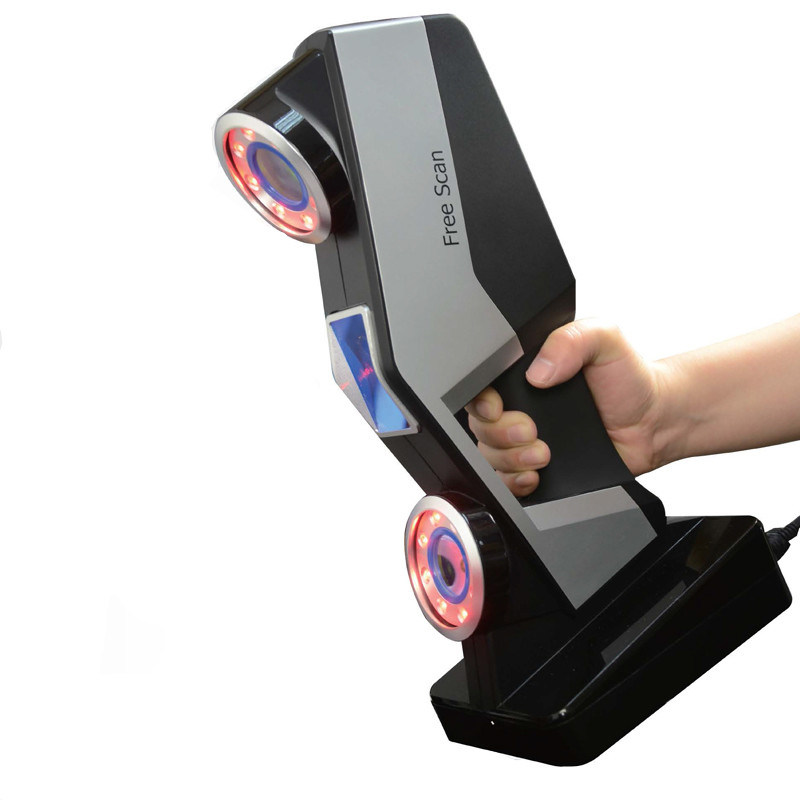 Using such methods of remote control of the device as Wi-Fi or cable, 3D Scanner allows you to take measurements even in places that are dangerous for human stay. Thus, this device not only provides accurate information, but also makes the work of people less prone to the risk of various kinds of injuries and injuries.
Using such methods of remote control of the device as Wi-Fi or cable, 3D Scanner allows you to take measurements even in places that are dangerous for human stay. Thus, this device not only provides accurate information, but also makes the work of people less prone to the risk of various kinds of injuries and injuries.
Types of 3D scanners
Like any other data acquisition device, volumetric scanners can be divided into several types. The main type are non-contact scanners.
This type of equipment involves recreating a model of an object without direct "contact".
Non-contact scanners are divided into:
• Active
• Passive
Active 3D scanners emit specific waves directed at the object. Most often, light or a laser beam is used as a meter. Ultrasound or x-rays are also sometimes used. As a result of such an "act" the scanner detects the reflection of the emitted waves, and based on it creates a model of a real object.
Passive scanners do not emit any radiation. On the contrary, they use reflections that are always present around the object, such as light. In the same way as their active "brothers" they analyze the received information about the object and recreate it into a layout, ready for further processing in various ways.
Models created by scanning are saved and can be recreated as many times as needed. Thus, it is especially convenient to use such layouts for engineering calculations.
But the classification of laser scanners does not end there.
Depending on the scale of the measurement area, 3D laser scanners are divided into facade and interior. The latter are focused on the widest possible scanning area and can cover huge objects. But they are not able to carefully read information about an object located far away. Thus, this type of "meter" is best suited for reading information about interior objects or enclosed spaces. They will do a great job of creating a model of a cave or tunnel, but they will fail when it comes to open spaces.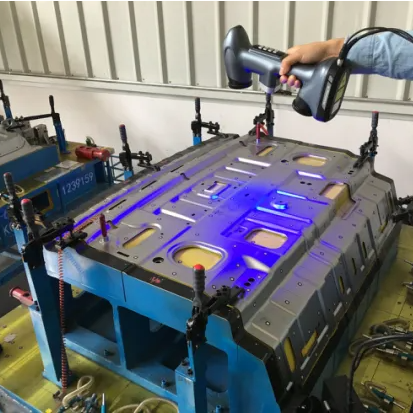
Facade scanners , on the contrary, stand out for their range. What's more, they are able to scan open areas at amazing speeds and are best suited for creating models of open areas that are filmed from different angles.
Laser scanning technology
Let's take a closer look at how an image is created, which is a layout. Thanks to the radiation that comes from the analyzed object, each 3D 9The 0009 laser scanner accurately determines the coordinates of every point on an object's surface. The result is a so-called cloud of points, each of which has clear and extremely accurate three-dimensional coordinates. This is called a scan, which turns into a three-dimensional model. Depending on the size of the object and the properties of its surface, the number of points required to create a layout can vary from several thousand to hundreds of millions.
Features of the contact scanner
Non-contact scanners , especially passive ones, are highly dependent on environmental conditions.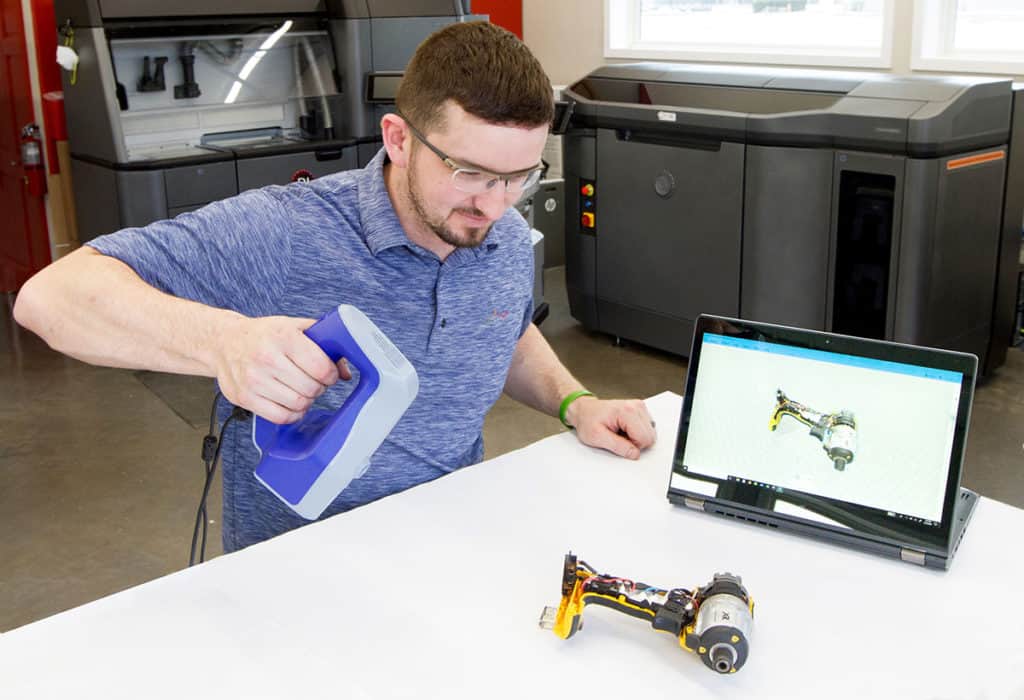 With their help, you cannot take measurements, for example, at night, when the lighting is not bright enough, because they use light to create a model. Contact 3D laser scanners do not have this disadvantage. They circle the object with a special highly sensitive probe and, based on the data obtained, create a three-dimensional model of the object in the computer's memory. As a result, files are obtained in a much smaller volume and, what is especially important, 3D scanning of the edges and faces of the object is carried out most accurately.
With their help, you cannot take measurements, for example, at night, when the lighting is not bright enough, because they use light to create a model. Contact 3D laser scanners do not have this disadvantage. They circle the object with a special highly sensitive probe and, based on the data obtained, create a three-dimensional model of the object in the computer's memory. As a result, files are obtained in a much smaller volume and, what is especially important, 3D scanning of the edges and faces of the object is carried out most accurately.
Parameters for choosing a laser scanner
Like any equipment, the 3D laser scanner has certain “quality parameters”, that is, characteristics that make it worth using a particular model. Like many devices, the main quality characteristic for the laser equipment is the speed of operation. The faster such a “meter” creates a picture in a computer, the more expensive it is and the better it is considered.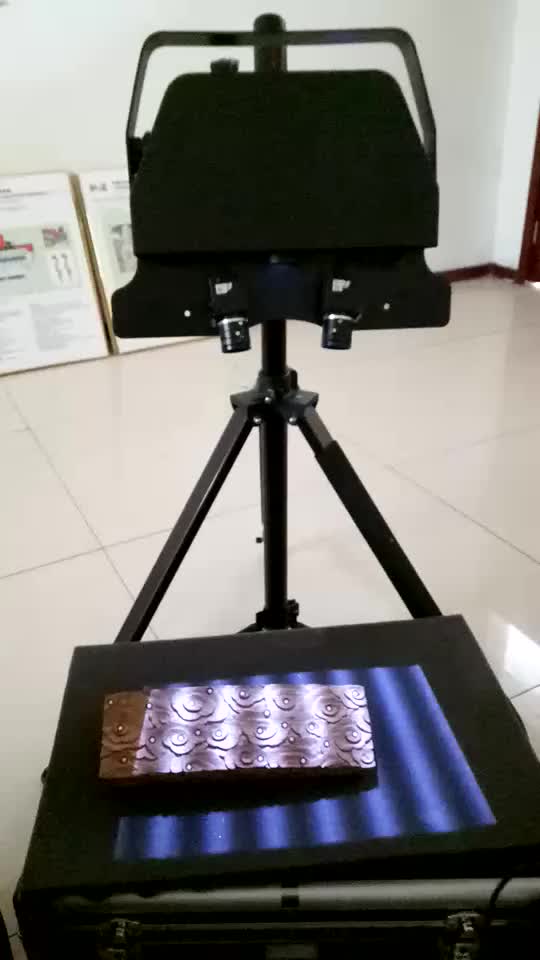
The parameters of the scanner itself are also of great importance, because a bulky device will be inconvenient to transport and use.
However, when comparing all existing parameters, the undoubted leader, among all available industrial laser 3D scanners , is the company's products FARO .
Particular attention of researchers is attracted by the FARO Laser Scanner Focus-3D scanner, which literally in a matter of minutes recreates a three-dimensional image of any image.
Among the main advantages of this company's scanners is the highest speed - up to 976,000 points with coordinates in just one second. At this speed, you don't have to wait long to create the layout of an object. Thanks to this, working with equipment is extremely convenient and pleasant.
FARO pays special attention to the price of its equipment . Usually laser scanners are quite expensive, but with each model this manufacturer raises the standards of work, while at the same time making the cost of volume scanner more affordable.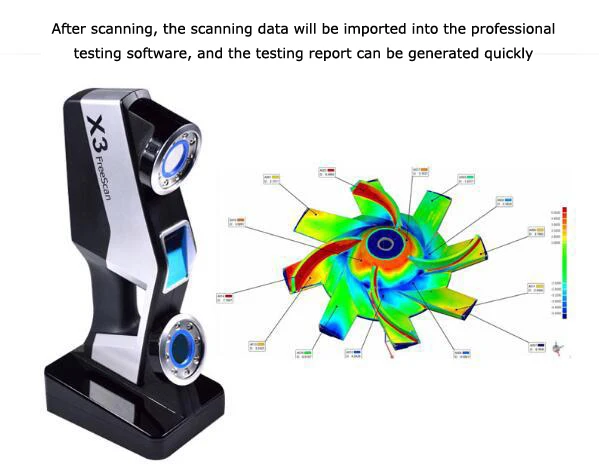 The same FARO Laser Scanner Focus-3D costs exactly two times less than the previous model, despite the fact that it is considered one of the most efficient of all existing at the moment.
The same FARO Laser Scanner Focus-3D costs exactly two times less than the previous model, despite the fact that it is considered one of the most efficient of all existing at the moment.
The interface of the industrial 3D laser scanner is also quite important: all products of the aforementioned company have an intuitive interface, which can be used in just a few minutes. This approach allows you to save time on staff training, and, consequently, save money spent on the entire construction process.
Autonomy is a parameter of the scanner that deserves special attention. Only a high-quality battery capable of holding a charge for several hours on end can guarantee that all calculations will be done. faro laser equipment is usually equipped with lithium-ion batteries, which can provide up to 5 hours of full autonomy of the device.
And of course, additional functions will be an indisputable advantage of this type of device. For example, remote control capability industrial laser 3D scanner wireless Wi-Fi connection is literally indispensable when you need to take measurements in hazardous areas.
Purchase, acquisition of 3D scanner
TheFocus 3D X130, a new member of FARO's X-series of scanners, delivers excellent performance combined with a small size and weight - both indoors and outdoors. With a range of 130 meters and built-in GPS, the scanner is great for a variety of tasks.
The FARO FOCUS3D X330 laser scanner is a new version of the proven FARO Focus 3D with a range increased to 330m. FARO FOCUS3D X330 is a revolutionary solution that opens up new possibilities for you in the 3D world. A 3D laser scanner with this range has never been so affordable.
Manual digitizing system. The all-in-one solution for 3D scanning in a new dimension
Product MVC-F5 SR, handheld laser digitizing system, a revolution in the 3D scanning industry. It is the smallest and lightest handheld 3D scanner on the market today.
3D scanners - optical and laser 3D scanners
- home
- 3D scanners
Devices for 3D scanning of objects are designed for digitizing 3D physical objects, building a mathematical model of an object, as well as for solving problems of reverse engineering and quality control of production. As a result of scanning, you get a 3D model, which can later be worked with in any specialized 3D modeling programs or reproduced on a CNC machine and a 3D printer.
3D scanners have a number of specific features that conventional 2D scanners do not have. Depending on the model, 3D scanners can be used both in the office/office and in the field. Three-dimensional scanners are capable of carrying out three-dimensional digitization of both small and large physical objects, several meters in size.
This section contains information about 3D scanners with some of the best indicators of price, accuracy, quality and performance, which are successfully used in mechanical engineering, instrument making, medicine, architecture, and other industries.
Product filtering
-
3D scanner Artec Space Spider
Scanner Type: Portable
3D Light: Blue LED
3D accuracy, up to: 0.05 mmPrice: 2 271 600 ₽
In stock
3D scanner Artec Space Spider
-
3D Scanner Calibry
Scanner Type: Portable
3D illumination: LED, white
3D accuracy: up to 0.1 mmPrice: 425 000 ₽
Available
3D Scanner Calibry
-
3D scanner Calibry mini
Scanner Type: Portable
3D illumination: LED, blue
3D accuracy: up to 0.07mmPrice: 475 000 ₽
Available
3D scanner Calibry mini
-
3D scanner RangeVision PRO
Scan Technology: Structured Illumination
Accuracy: up to 18 µmPrice: 1 490 000 ₽
Available
3D Scanner RangeVision PRO
-
3D Scanner RangeVision Spectrum
Scan Technology: Structured Illumination
Accuracy: up to 40 µmPrice: 390 000 ₽
In stock
3D Scanner RangeVision Spectrum
-
3D scanner RangeVision NEO
Scan technology: structured illumination
Accuracy, up to: 0.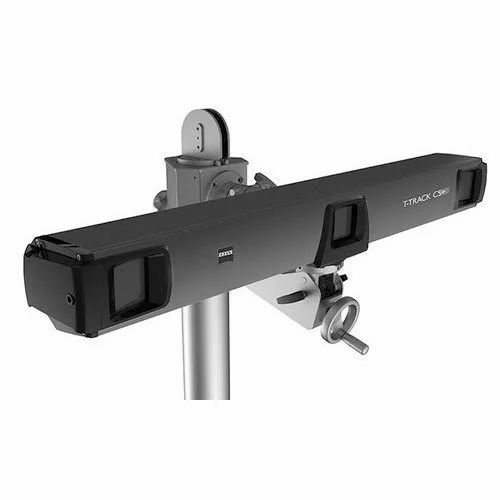 05mm
05mm Price: 195 000 ₽
On request
3D scanner RangeVision NEO
-
3D scanner Artec Leo
Scanner Type: Portable
3D Illumination: VCSEL
3D accuracy, up to: 0.1 mmPrice: 3 027 600 ₽
In stock
3D scanner Artec Leo
-
3D scanner Artec EVA
Scanner Type: Portable
3D Light: Flash
3D accuracy, up to: 0.1mmPrice: 1 623 600 ₽
In stock
3D scanner Artec EVA
-
3D scanner Artec Ray
Scanner Type: Laser
Angular accuracy: 25 arc seconds
Color: Dual 5MP fully integrated camerasPrice on request
On request
3D scanner Artec Ray
-
3D scanner Artec Micro
Scanner Type: Desktop
3D Light: Blue LED
3D accuracy, up to: 0.
Learn more



